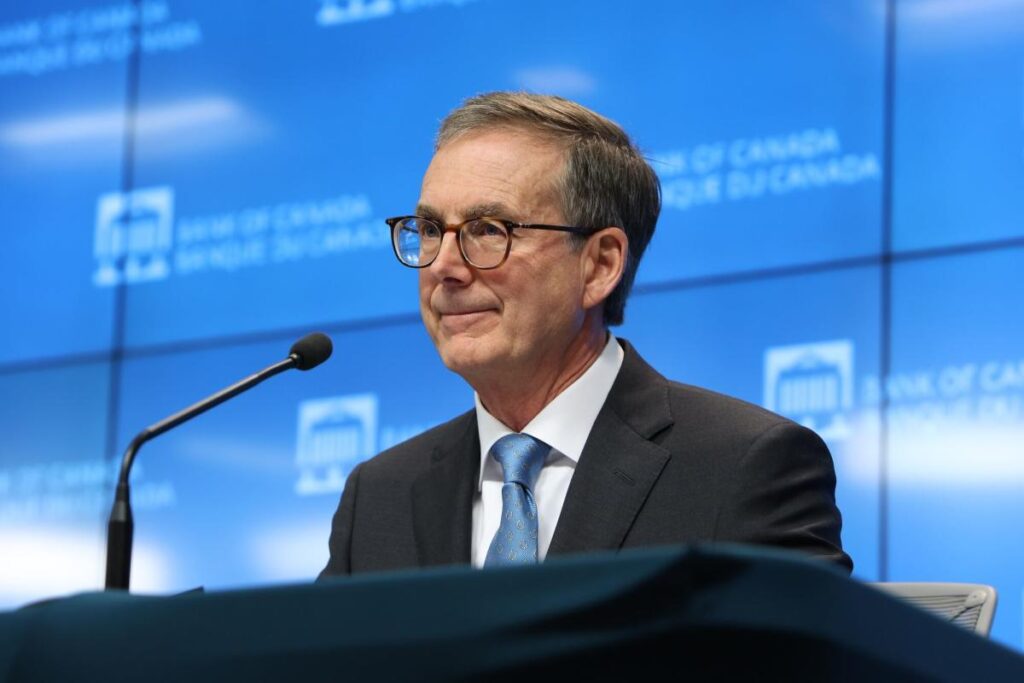Bank of Canada Governor Tiff Macklem recently addressed the federal government’s decision to reduce immigration targets, stating that while this move may have a minor impact on economic growth, its effects on inflation are likely to be minimal. The government’s decision, which was announced on a Thursday, involves lowering the expected number of permanent residents for 2025 and 2026 and implementing a reduction in the number of temporary foreign workers and international students. This anticipated decline in population growth follows several years of unprecedented increases, with officials predicting that this change could lead to stagnation in population levels over the next few years.
Macklem elaborated that population growth influences economic supply and demand in a roughly balanced manner over time. Although the reduction in immigration may slow gross domestic product (GDP) growth due to a smaller consumer base, it will also decrease the labor supply, which could further constrain potential economic growth. Importantly, he emphasized that changes in population growth are not expected to significantly alter inflation forecasts, as the central bank had already accounted for a possible slowdown in population growth in their projections.
While the Bank of Canada had predicted a population growth rate of 1.7% over the next two years, the government’s new targets suggest a 0.2% decrease in growth for 2025 and 2026. Macklem underscored the uncertainty surrounding the precise timing and effects of these changes, stating that the Bank would continue to monitor and revise its forecasts as more information becomes available. This approach indicates the central bank’s commitment to adapting its strategies in response to evolving economic conditions.
In the backdrop of these considerations, the Bank of Canada recently lowered its benchmark overnight rate by half a percentage point to 3.75%. This decision reflects a broader strategy of monetary easing as inflation trends are expected to align with the bank’s target of approximately 2% over the course of the following year. According to Macklem, the central bank views the risks relating to its forecasts as balanced, and if the economic scenario unfolds as anticipated, further reductions in the policy interest rate could be on the table.
Regarding the divergence between the Bank of Canada and the Federal Reserve in terms of interest rate adjustments, Macklem expressed contentment with the current pace and timing differences between the two institutions. He acknowledged the Canadian dollar’s fluctuating value against the U.S. dollar, which is nearing its lowest level since 2020. Despite this, he indicated that the anticipated interest rate spread between the two countries is not alarming and is expected to remain around 77 basis points for the upcoming year.
Historically, Macklem noted, there has been variation in interest rates between Canada and the United States, and while there are limits to how this discrepancy can grow, the current rates are not approaching these limits. The central bank’s ongoing policies are driven by their own economic assessments rather than adjustments from U.S. monetary policy, highlighting their independent approach to navigating the economic landscape of Canada. Overall, Macklem’s statements reflect a thoughtful balancing act between managing inflation, responding to fiscal policy changes, and maintaining flexibility in monetary easing while closely monitoring the overall economic climate.

